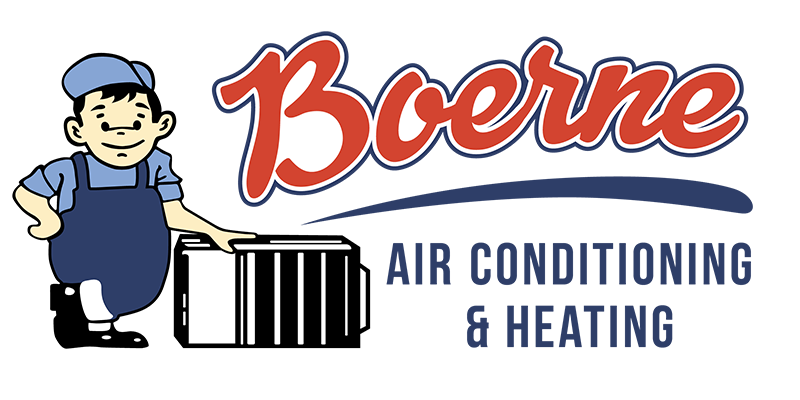28 Oct Thermostat Settings & HVAC System Efficiency
Your thermostat is a key components of your HVAC system setup. It controls more than the temperature that keeps your home comfortable; it can also impact the health and efficiency of your unit. To prolong the life of your HVAC system, set your thermostat to a moderate and comfortable temperature, neither too high nor too low, and consider the following best practices:
Manage On & Off Cycles:
If you set your thermostat to extremely high or low temperatures, your HVAC system may cycle on and off more frequently. This can lead to increased wear and tear on system components, including the compressor, fan, and other mechanical parts. Frequent cycling can reduce the lifespan of the system and may lead to more frequent repairs.
Prevent Overworked System:
Setting the thermostat significantly lower or higher than the desired indoor temperature can make the HVAC system work harder to achieve that extreme setting. This can result in increased energy consumption, higher utility bills, and added stress on the system. Over time, this can impact the system’s longevity.
Control Humidity:
Maintaining a stable and moderate indoor temperature is important for controlling humidity levels. When the thermostat is set too high in winter, the air can become excessively dry, which may lead to discomfort and potential health issues such as dry skin and respiratory problems. Conversely, setting the thermostat too low in summer can make the air overly humid, creating an environment conducive to mold and mildew growth.
Promote Efficiency:
Proper thermostat settings can help your HVAC system operate efficiently. When the system operates within a reasonable temperature range, it runs more efficiently, leading to lower energy consumption and less strain on system components.
Maintain Even Temperature Distribution:
Maintaining a consistent thermostat temperature setting helps achieve even temperature distribution throughout your home. This prevents cold spots in the winter and hot spots in the summer, which can strain the system as it tries to compensate for these imbalances.
Consider A Programmable/Smart Thermostats:
New energy efficient smart thermostats can be particularly useful, as they allow you to schedule temperature adjustments for different times of the day and night, optimizing both comfort and energy efficiency.
Be Mindful of Seasonal Usage
Proper HVAC temperature settings for fall and winter can help you stay comfortable while also optimizing energy efficiency. Here are some recommended temperature settings for your thermostat during these seasons:
- Fall (Heating Season): When you are at home and active, a recommended setting is around 68-72°F (20-22°C). This range provides a comfortable indoor temperature for most people. While you’re asleep or away from home, consider setting the thermostat a few degrees lower to save energy. A setback of 10-15°F can lead to significant energy savings. Use a programmable or smart thermostat to automate these temperature adjustments.
- Winter (Heating Season): Similar to fall, aim for a daytime temperature between 68-72°F (20-22°C) when you’re at home and active. Adjust within this range based on your comfort level. Lower the thermostat at night or when you’re away. A nighttime temperature of 62-66°F (16-19°C) is a good starting point, but you can adjust it according to your preferences.
Remember that personal comfort preferences vary, and what’s most important is that you feel comfortable in your home. However, setting the thermostat a bit cooler when you’re not actively using the space can help save on energy costs. Additionally, if you have zone heating, consider adjusting the temperature in rooms that are used less frequently to further reduce energy consumption.
